Let us go back to our friends the Free Masons
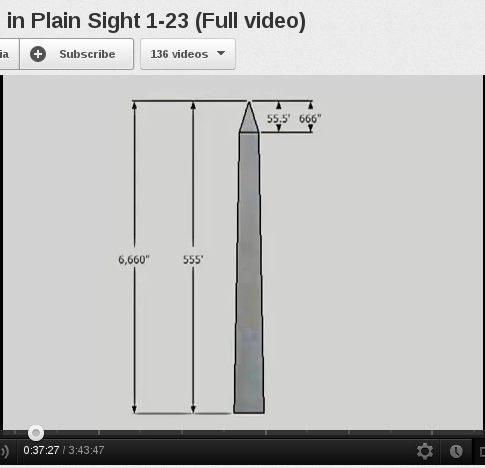
one of the principal figure they seem to refer often to is : Hiram Abiff
Hiram Abiff - Wikipedia, the free encyclopedia
will look at it through the chaldean numerology lens later in the post:
for now the interesting pattern found was the following from wikipedia:
Hirams in the Bible
Samuel 5:11 = HM 7
Kings 5:1-10 = HM 7
Kings 7:13–14, = HM 7
this one came out different:
Chronicles 2:13-14 = 1 1 = HM 2




one of the principal figure they seem to refer often to is : Hiram Abiff
Hiram Abiff - Wikipedia, the free encyclopedia
Hiram Abiff (other spellings "Hurum"[1], "Abif"[2][3], and "Huram-Abi"[4]) is a character who figures prominently in an allegorical[5] play that is presented during the third degree of Craft Freemasonry. In this play, Hiram is presented as being the chief architect of King Solomon's Temple, who is murdered by three ruffians during an unsuccessful attempt to force him to divulge the Master Masons' secret password.[6] It is explained in the lecture that follows this play that the story is a lesson in fidelity to one's word, and in the brevity of life.
Numerous scholars, both Masonic and non-Masonic, have speculated that the character may have been based upon one or more Hirams that appear in the Bible.[7]
Numerous scholars, both Masonic and non-Masonic, have speculated that the character may have been based upon one or more Hirams that appear in the Bible.[7]
for now the interesting pattern found was the following from wikipedia:
Hirams in the Bible
Hiram, King of Tyre, is credited in 2 Samuel 5:11 and 1 Kings 5:1-10 for having sent building materials and men for the original construction of the Temple in Jerusalem
In 1 Kings 7:13–14, Hiram is described as the son of a widow from the tribe of Naphtali who was the son of a Tyrian bronze worker, contracted by Solomon to cast the bronze furnishings and ornate decorations for the new temple.
Hiram (often spelled Huram[1]), a craftsman of great skill sent from Tyre. 2 Chronicles 2:13-14 relates a formal request from King Solomon of Jerusalem to King Hiram I of Tyre, for workers and for materials to build a new temple;
In 1 Kings 7:13–14, Hiram is described as the son of a widow from the tribe of Naphtali who was the son of a Tyrian bronze worker, contracted by Solomon to cast the bronze furnishings and ornate decorations for the new temple.
Hiram (often spelled Huram[1]), a craftsman of great skill sent from Tyre. 2 Chronicles 2:13-14 relates a formal request from King Solomon of Jerusalem to King Hiram I of Tyre, for workers and for materials to build a new temple;
Kings 5:1-10 = HM 7
Kings 7:13–14, = HM 7
this one came out different:
Chronicles 2:13-14 = 1 1 = HM 2



Other theories
According to authors Robert Lomas and Christopher Knight, Hiram Abiff would have been Egyptian king Seqenenre Tao II, who met an extremely similar death.[2] This idea is dismissed by most Masonic scholars.
In his book The Sufis, the Afghan scholar Idries Shah suggested that Mansur al-Hallaj might have been the origin of the character Hiram Abiff in the Freemasonic Master Mason ritual. The link, he believes, was through the Sufi sect Al-Banna ("The Builders") who built the Al-Aqsa Mosque and the Dome of the Rock in Jerusalem. This fraternity could have influenced some early masonic guilds which borrowed heavily from the Oriental architecture in the creation of the Gothic style
According to authors Robert Lomas and Christopher Knight, Hiram Abiff would have been Egyptian king Seqenenre Tao II, who met an extremely similar death.[2] This idea is dismissed by most Masonic scholars.
In his book The Sufis, the Afghan scholar Idries Shah suggested that Mansur al-Hallaj might have been the origin of the character Hiram Abiff in the Freemasonic Master Mason ritual. The link, he believes, was through the Sufi sect Al-Banna ("The Builders") who built the Al-Aqsa Mosque and the Dome of the Rock in Jerusalem. This fraternity could have influenced some early masonic guilds which borrowed heavily from the Oriental architecture in the creation of the Gothic style

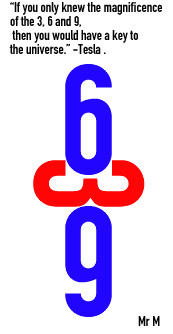







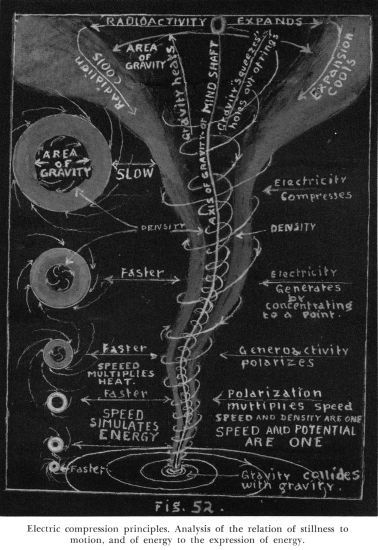








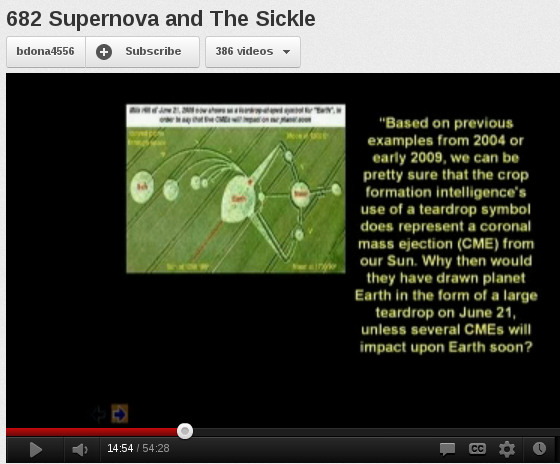



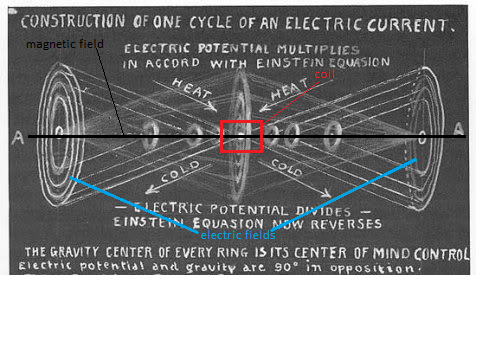

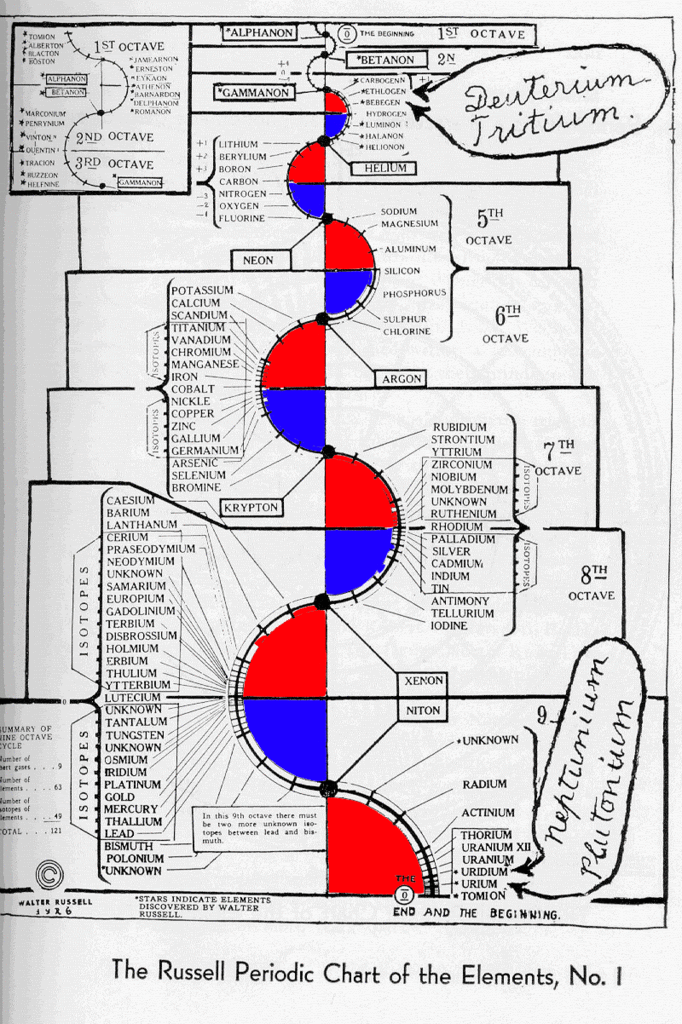
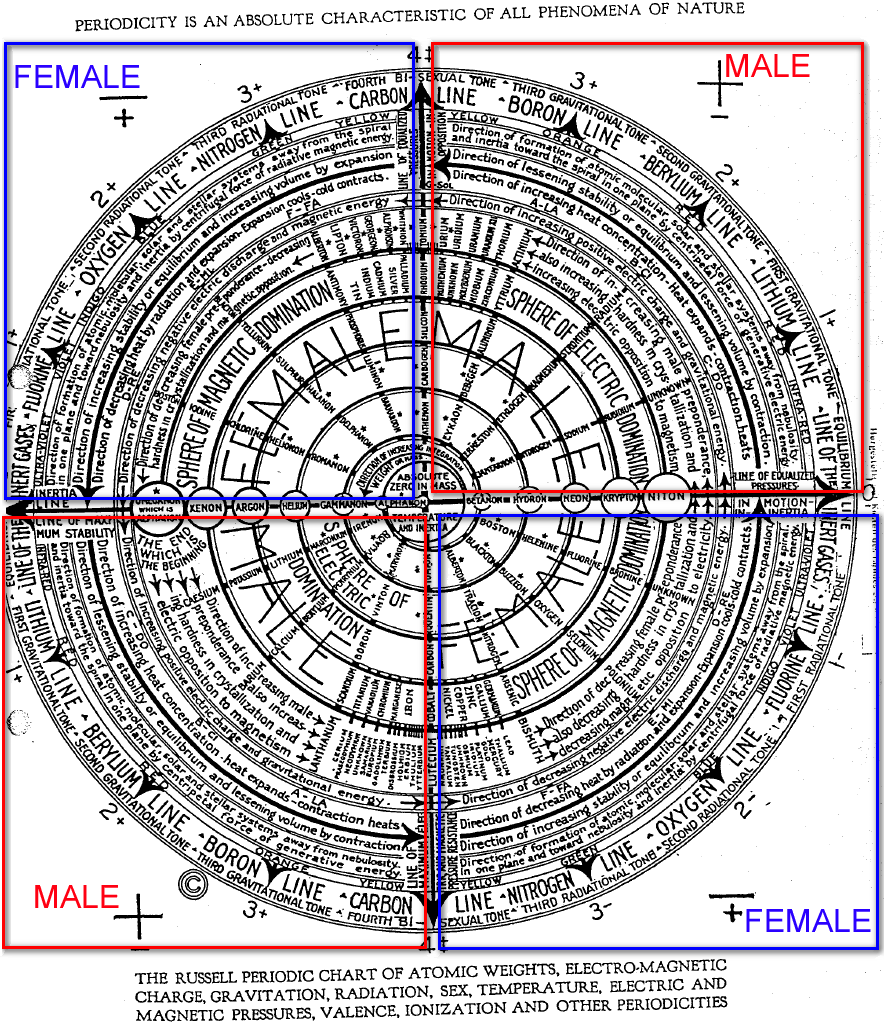



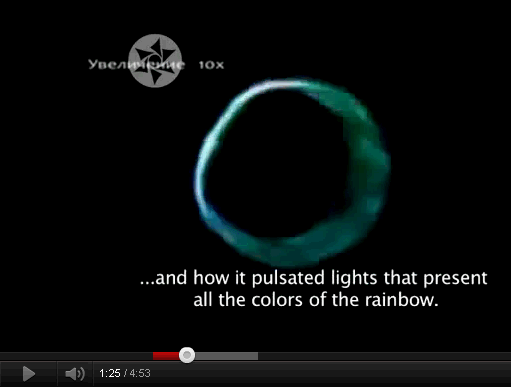
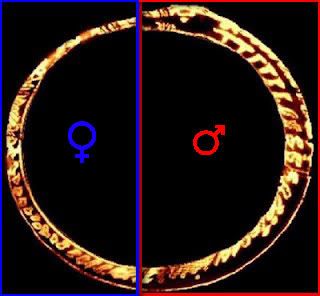


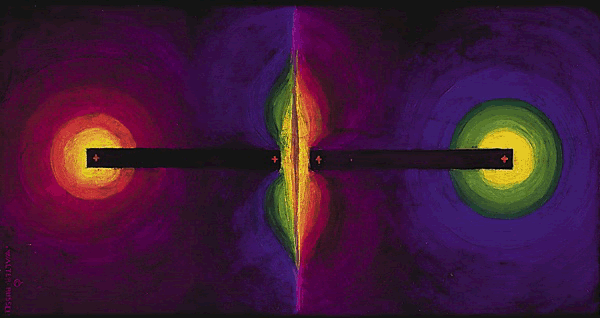
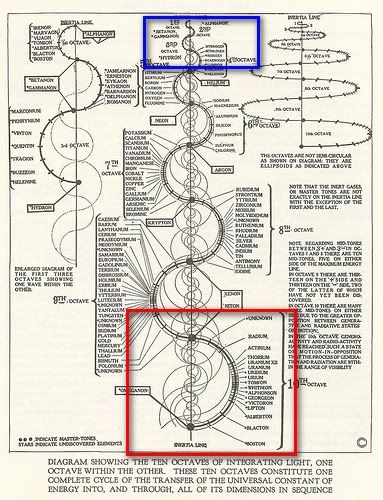








Comment